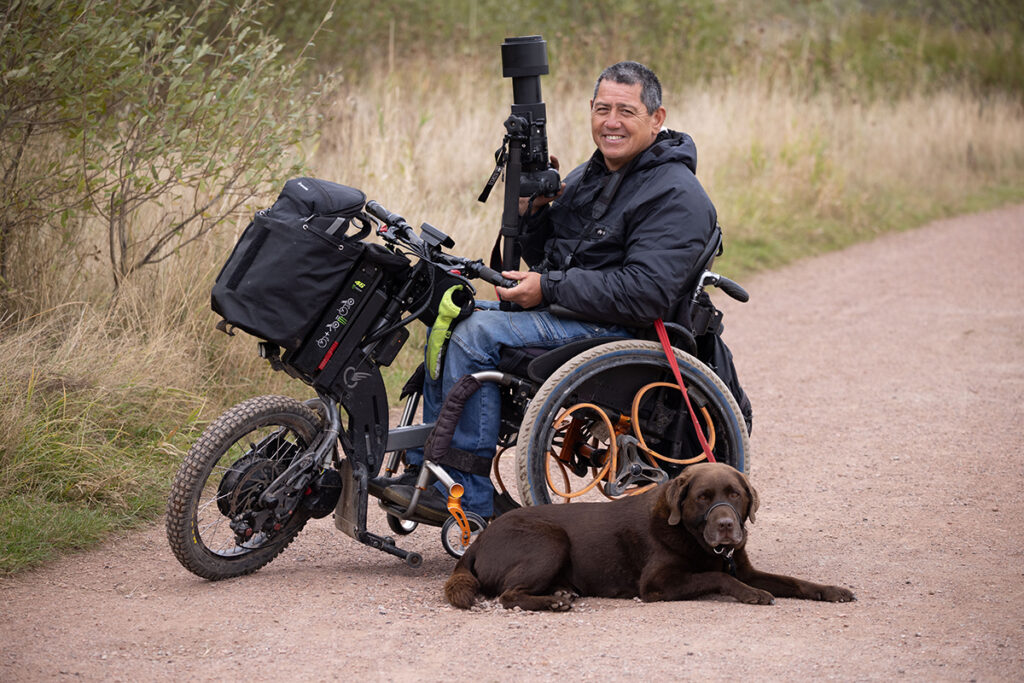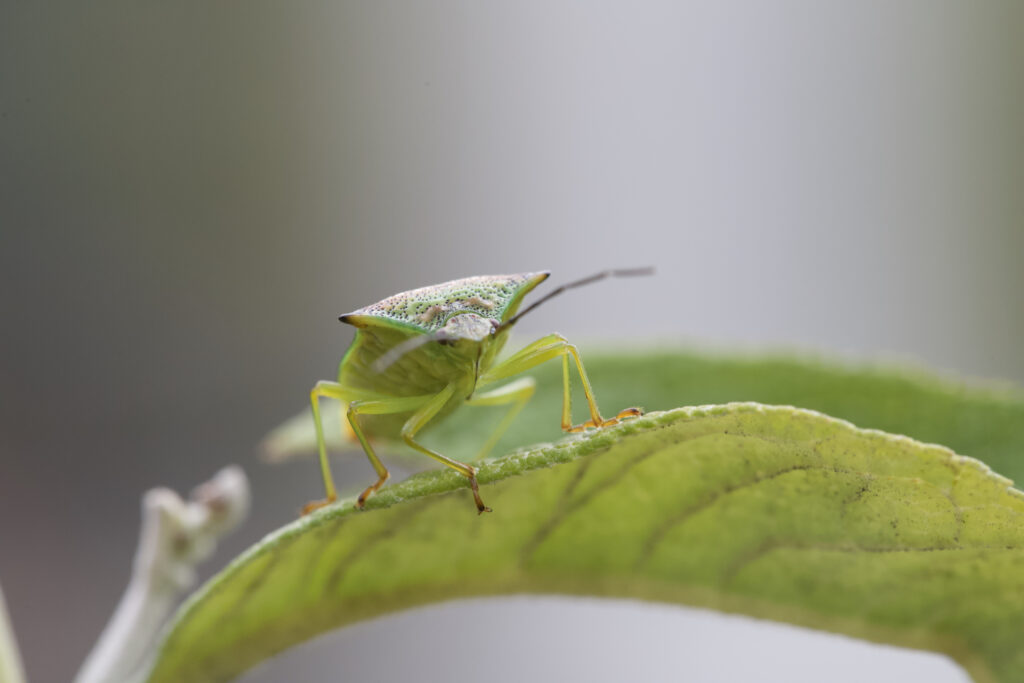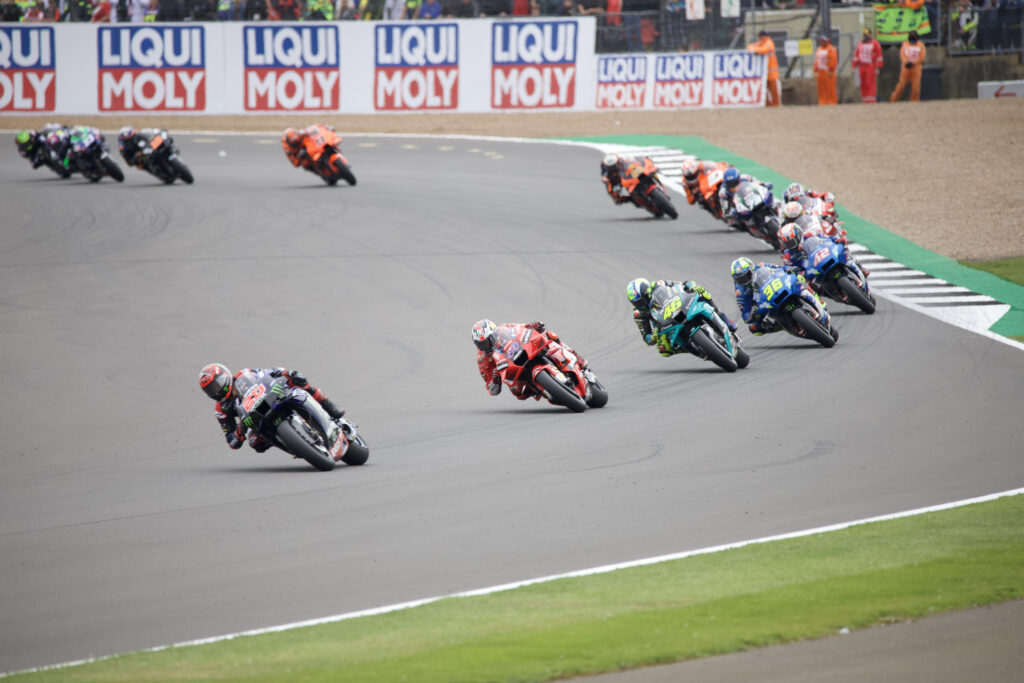Taking up photography helped me escape my neurological pain, realise and push my independence, develop new skills, learn about our natural world and meet new friends.
By Peter Lau

Life was idyllic; I had a busy and successful career in the fire service, Deb, my wife, was an even busier senior nurse in the local hospital. Our much looked forward to time-off from both jobs allowed us to pursue numerous different hobbies such as running, walking, motorcycling, kayaking and scuba diving.
In 2014 that lifestyle was turned upside down following a serious mountain bike accident causing a completely severed spinal cord at T6. I became a wheelchair user.
This led to many ups and downs, needing us both to learn and adapt, generally working towards our new normal – whatever this would be.

Moving forward
As we moved forward, we strived to do the things we did pre-injury. As I grew more into the new me, I realised I needed to re-find nature; wild things in wild places. The question was, ‘how difficult could it be on wheels?’
Deb bought me a Canon SLR camera, my first proper and capable camera and I also realised that regardless of the weather, I need to exercise my assistance dog, Merlin. I started to take my camera out, whenever and wherever we ventured together. My appreciation of the things around me grew and my knowledge and ability to name species I had spotted was improved by taking photographs.
I am fortunate to own a Batec Scrambler, an electric attachment that connects quickly to my manual wheelchair – turning it into an off-road powered trike. A holdall on the front is very useful for carrying my bulky photographic equipment and telephoto lens.

Challenges
One difficulty I’ve experienced is that because I’m paralysed from the chest down – picking up and aiming a reasonably heavy camera and telephoto lens is not an easy matter. If I pick a camera up and try to hold it at eye level, I overbalance and slump forwards. Lateral and skyward movement is also not a movement I am able to achieve. The solution I found was to use a monopod and a device called a Wimberley Side mount. This takes the weight of the camera from my arms and helps me with a stable platform, allowing me to concentrate on trying to follow the subject. I have questioned my choice of specialising in wildlife a number of times; architecture or street photography would be easier, but we are who we are, and have different preferences.
My camera (Canon 6D Mk2) is a very good all-rounder. I have recently tested the new Canon R5, fitted with an 800mm fixed length lens. The weight decrease of these new mirrorless cameras is staggering compared to the older single lens reflex (SLR) or digital SLR models. Technical advancements to the operating systems such as artificial intelligence (AI) focusing, and eye recognition makes following wildlife much easier. They allow me to concentrate on the camera settings and composition of the subject, making a huge difference.
I can often be seen trying to get that great photograph of a subject, so totally absorbed by what I’m doing that I simply forget my nerve pain, or to take the frequent medication needed to suppress it to a more moderate level.

Learning
A huge plus is also that during my visits to nature reserves I have made a number of friends. These tend to be fellow wildlife photographers; people like myself who simply enjoy watching nature and who want to capture its beauty. One chap who I am learning a lot from is the esteemed wildlife photographer, Oliver Wright. Oliver threw a comment in my direction: had I ever considered macro photography? I hadn’t. Mainly as I considered it to be too specialised and probably too difficult from a wheelchair. Oliver opened up my mind and eyes to a new challenge and one that I relish learning about.
It is always easy to dismiss things without really testing them, and so macro is becoming quite a passion of mine. If you develop your eye, you soon realise that there are many subjects around you; macro lets you see and discover these, many are often within reach of someone on wheels.
Wildlife photography has given me a new direction, challenge and focus (no pun intended).
Where to visit…
Many organisations produce information for disabled visitors to sites they manage. It struck me that as I visited places, I could record my findings and make them available to other people. I’ve since created a website: www.accessiblenatureuk.com
Hopefully, this information will help people to access our wilder places, by enabling them to make informed decisions about visiting the locations featured. I have researched over 70 locations noting their suitability for visitors to explore using mobility equipment.
Happily, since writing this article, Yorkshire Wildlife Trust has adopted my findings, to better inform disabled visitors about their accessible nature reserves. Result!

Other resources I use, include:
Disabled Ramblers: www.disabledramblers.co.uk
The Wildlife Trusts: www.wildlifetrusts.org/visit/accessible-nature-reserves
RSPB: www.rspb.org.uk
National Trust: www.nationaltrust.org.uk
Disabled Photographers Society: www.the-dps.co.uk
Do also check out the amazing work of Oliver Wright: www.oliverwrightphotography.com



